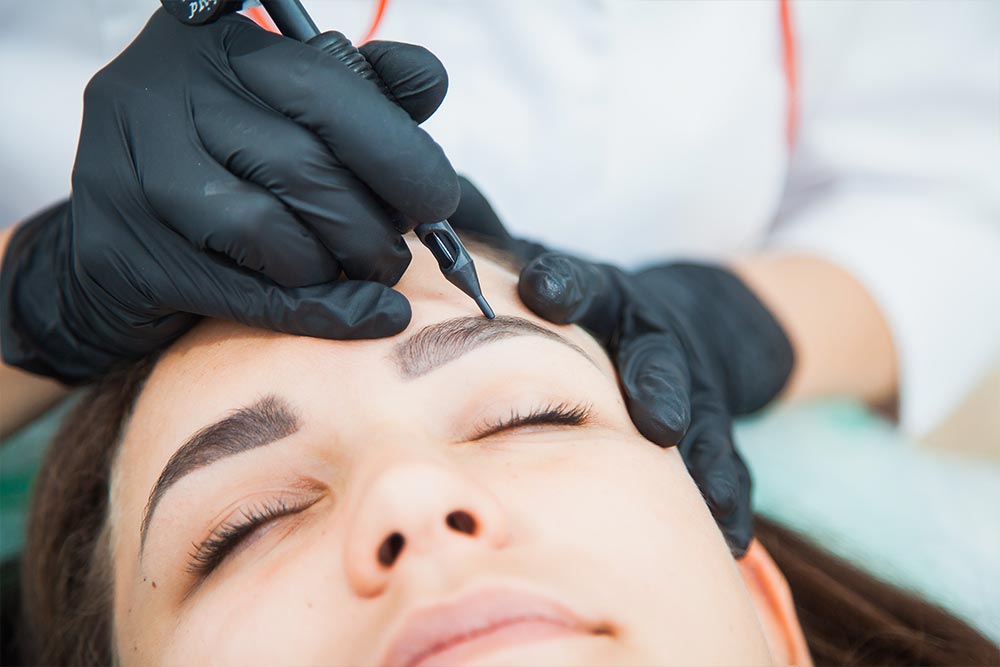The DHI implantation method and Choi Implanter pen
There is a lot of controversy surrounding this method. Some define it as the latest hair transplant method, some say there is no recognized technique called DHI, others claim it is just a marketing ploy, while a fraction explains the method as;
FUE with implanters.
In fact, it all boils down to different ways of obtaining grafts in combination with different implant procedures.
Unlike the FUE method, during the DHI implantation process, the creation of the recipient site and the implantation of the graft are performed simultaneously, i.e. the extraction and the implantation are combined in one step. The extracted hair follicles are incorporated directly into the recipient areas without the need to create channel incisions.
The Choi implant/pen has a very thin cylindrical shape and a pointed tip. This cylindrical tip Choi needle is shaped like a channel and allows hair to be inserted into the needle as the needle is guided through it. This is why the DHI procedure is also called the Choi method.
The procedure of the DHI method
- During the Hair Transplant procedure performed with the Choi Implanter, a specialist physician/surgeon or technicians transfer the collected grafts onto the implant handle. The graft is carefully inserted into the hollow needle at the end of the implant handle to be administered to the medical specialist
- The needle is then inserted at a precise angle by the surgeon of 40-45 degrees into the scalp during the incision, then the graft is implanted by pressing the plunger
- The procedure typically uses a varying number of 2-6 Choi implanters and approximately 15-16 needles at a time, and the device is available with different needle sizes to accommodate follicular unit transplants
The Choi method decently has its advantages as well as its disadvantages compared to the FUE technique.
Advantages of the DHI technique
- Reduction of the time that the grafts remain outside the body, allowing placement of healthy grafts
- Adequate survival of hair follicles
- Reduction of bleeding during creation of the recipient area
- Reduced trauma when handling the graft, resulting in less damage to the blood supply to the implanted area
- Fast recovery during the post-operative phase, a patient returns to their daily routine faster
- The feeder site should not be shaved, as this is a procedure that allows this condition
Disadvantages of the DHI technique
- The doctor and staff members undergo long-term extensive training in order to specialize in the use of this technique
- It is a procedure that is more expensive compared to other hair transplantation techniques
- This method requires greater concentration of attention as well as the greatest precision during the procedure









